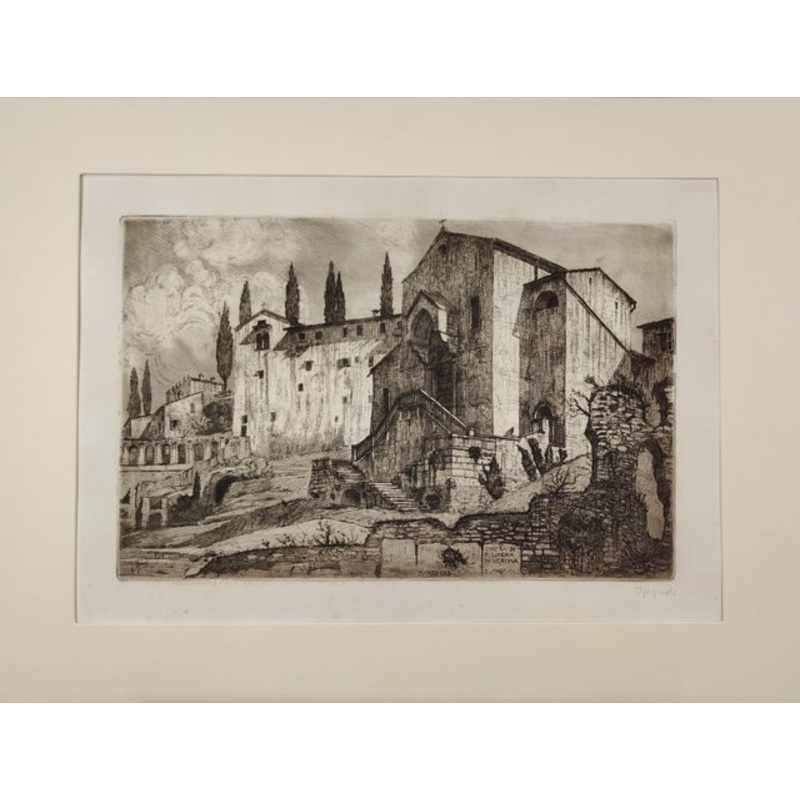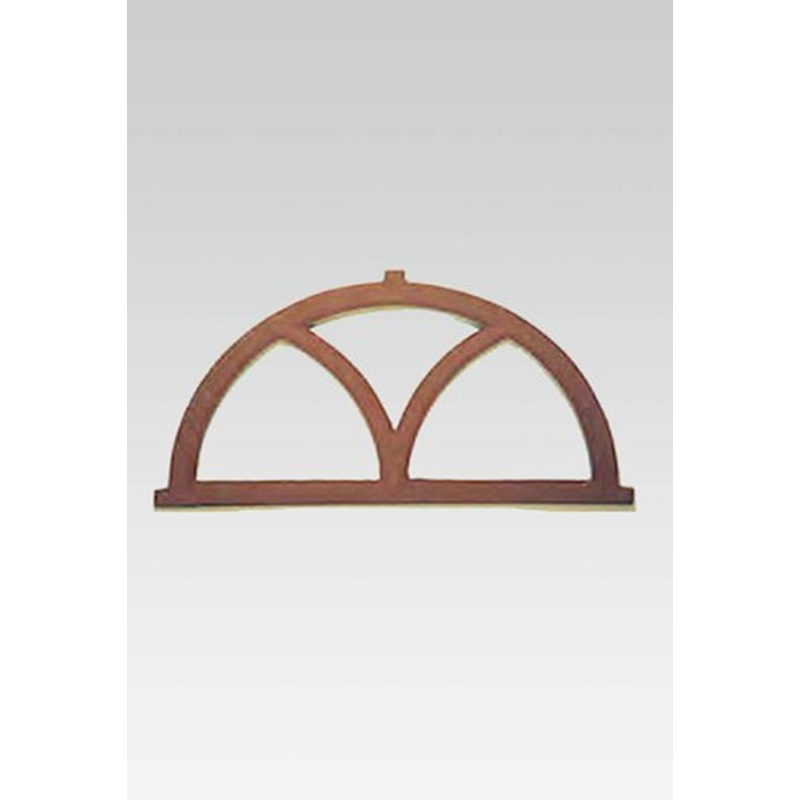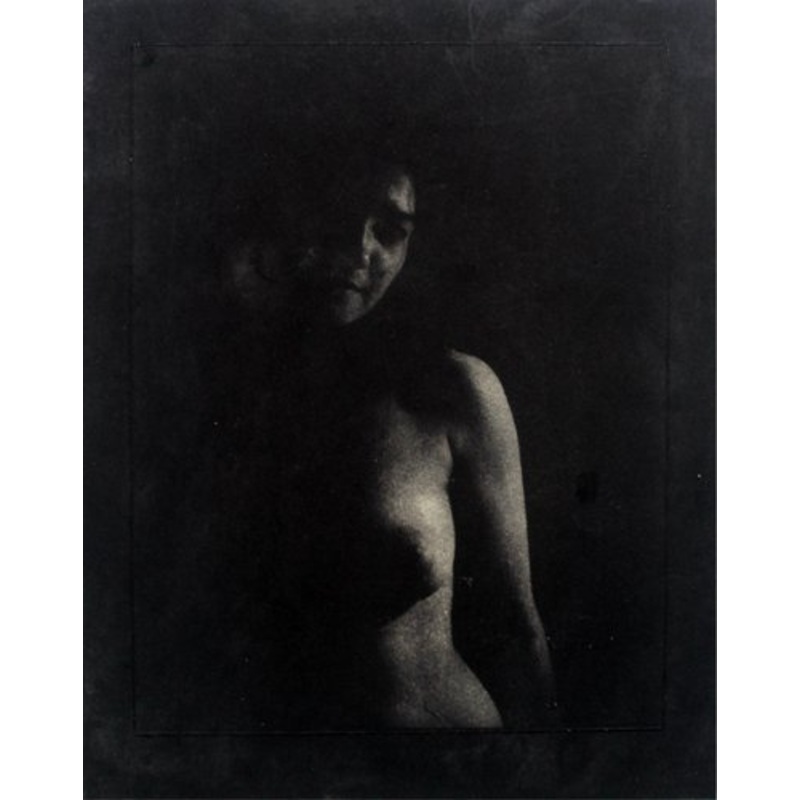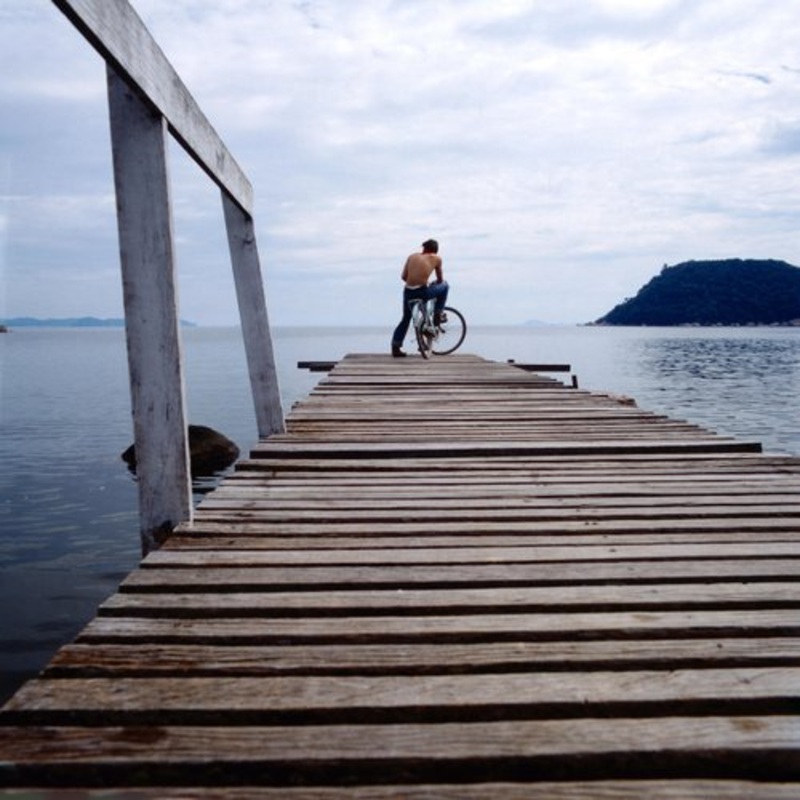Description
Max Ernst (1891-1976), La Ballade du Soldat, Hand-signed colour lithograph on japan paper, 1972
Pierre Chave, Vence, 1972
Colour lithograph on japan paper, hand-signed in pencil lower right, 1 of 79 proofs, 1972
Size: 40 x 30 cm
Reference: Spies & Leppien 218
In excellent condition
Max Ernst A key member of first Dada and then Surrealism in Europe in the 1910s and 1920s, Max Ernst used a variety of mediumspainting, collage, printmaking, sculpture, and various unconventional drawing methodsto give visual form to both personal memory and collective myth. By combining illusionistic technique with a cut-and-paste logic, he made the incredible believable, expressing disjunctions of the mind and shocks of societal upheavals with unsettling clarity. After serving for four years in World War I, the German-born Ernst returned traumatized to Cologne (near his birthplace of Brhl) in 1918. It was there that he produced his first collages alongside fellow Dadaists Jean (Hans) Arp and Johannes Baargeld. In his works from this period, he used mechanically-reproduced fragments, such as the image of a chemical bomb being released from a military plane in the background of Here Everything is Still Floating, to reflect a world of rubble and shards. Ernst is most closely associated with Surrealism, an artistic and literary movement in Paris in the 1920s that prized the irrational and the unconscious over order and reason. A key contribution to this movement was his invention of frottage, a technique of placing paper over a textured material, such as wood grain or metal mesh, and rubbing it with a pencil or crayon to achieve various effects. The Surrealists prized this practicewhich produced compositions like Forest and Sunfor both the serendipity of the resulting imagery and the passivity it encouraged, bypassing the constraints of the artists rational mind. Having little control over the resulting patterns, Ernst marveled that he came to assist as spectator at the birth of all my works.1 Eventually, he translated the method from paper to painting, using the word grattage to describe this technique of scraping wet paint off of the canvas to achieve similar patterned effects. The fragmented logic of collage, which Ernst referred to as the culture of systematic displacement, persists in his paintings, whose subjects are disjointed even if their surfaces are smooth. In these foreboding dreamscapes, headless bodies and body-less hands appear incongruously amid lush forests or on deserted beaches. In the years leading up to World War II, and during his time as an migr to the United States from 1941 to 1953, Ernst made work that once again reflected the menacing atmosphere of war.
| Period | 1970 to 1979 |
|---|---|
| Year | 1972 |
| Production Period | Unknown |
| Country of Manufacture | France |
| Identifying Marks | This piece has been attributed based on archival documentation, such as vintage catalogs, designer records, or other literature sources |
| Style | Surrealist |
| Detailed Condition |
Excellent This vintage/antique piece is in near original condition. It may show minimal traces of use and/or have slight restorations. |
| Product Code | NRC-1703553 |
| Materials | Lithograph |
| Color | Multicolored |
| Width |
30 cm 11.8 inch |
| Depth |
1 cm 0.4 inch |
| Height |
40 cm 15.7 inch |
| Duties Notice | Import duty is not included in the prices you see online. You may have to pay import duties upon receipt of your order. |






Reviews
There are no reviews yet.